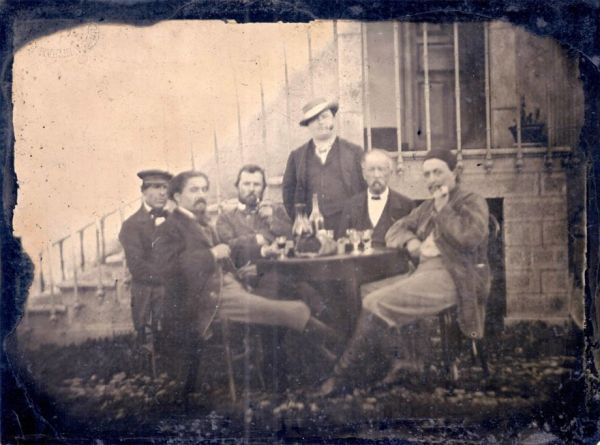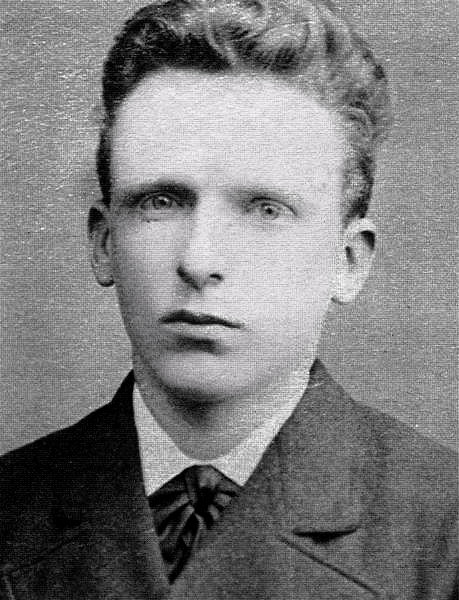 |
| Here's a picture of unrelated bread. |
Long-term global warming could cause loaves of bread to shrink in size due a reduction in the amount of protein in grains, Australian scientists have found.
Loaves based on 2050 atmospheric carbon dioxide levels predicted by the Intergovernmental Panel on Climate Change were baked by researchers at the Victorian government and Melbourne University.
They emerged smaller and crumpled compared to their present-day counterparts.
The scientists discovered that rises in carbon dioxide will increase the size of wheat plants and make them more efficient at using water but will affect the quality of the grain.
Dr Glenn Fitzgerald, a senior researcher for the state government of Victoria who led the study, said the amount of protein in the grain is set to reduce by 2 to 14 per cent if carbon dioxide levels increase as anticipated.
(Note - per this paper by (among others) the same researcher,
"Crops grown under high CO2 gave, on average, about a 50% increase in yield.")
He and his colleagues used grain harvested in December to bake loaves earlier this year and found them to be much smaller than those baked using grain harvested in current climatic conditions.
Really? How many loaves did they bake and how many times did they replicate the experiment? Personally, I can bake two batches of bread (or cookies or cakes or whatever) and have them turn out differently, but I never tried to draw sweeping conclusions from that phenomenon. Did they weigh the same? Did they measure to see how "much smaller" they were? Where did the "amount of protein in the grain is set to reduce by 2 to 14 percent" come from? Were there two loaves of bread and they measured the protein content? Maybe there was one loaf and a plus or minus 7% margin of error.
And if this rising CO2 is causing yields to increase by 50 percent and protein to decrease by only 2 - 14 percent, isn't that a net good thing?






